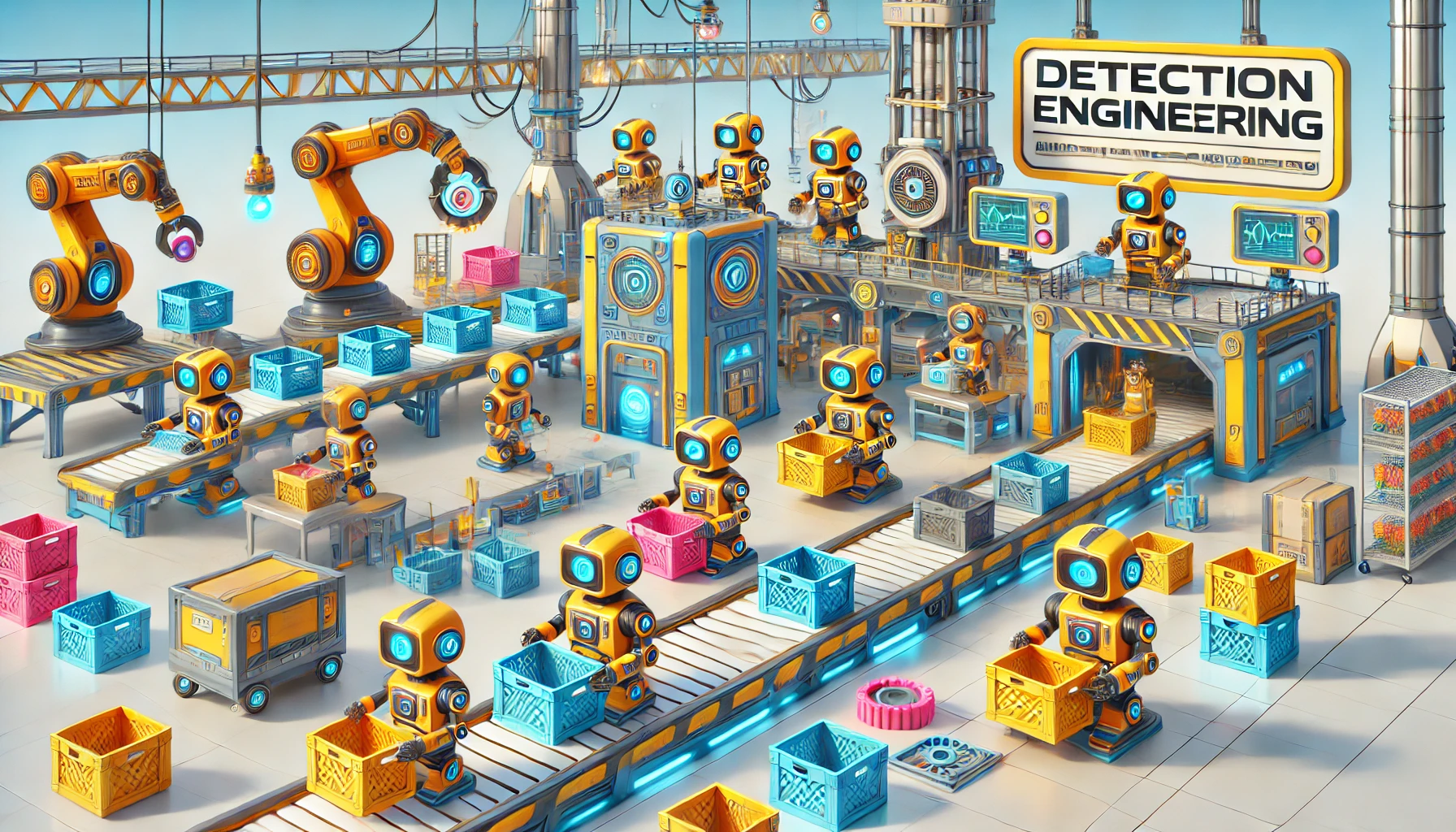2f. Constraints#
Finally, constraints are limitations or blockers that prevent an idea from coming to fruition. It may mean that something highly satisfies all previous criteria, but is just not possible to do. There are specific constraints across all previous categories; however, these are bigger and more deliberately considered. Constraints also indirectly provide valuable feedback in terms of addressing and prioritizing gaps that may be causing the constraint in the first place.
Time restrictions#
Sometimes it may take too long to achieve the desired goal within the desired timeframe, such as missing a release date, or inversely, maybe a feature is not yet ready for the desired approach.
Visibility gaps#
Data is such a critical component that, even with the best intent and expertise, if access to the technology or data in question is unattainable, then it may be too insurmountable to provide a reasonable outcome.
Dependencies#
Similar to gaps, if there are other dependencies required, it may mean delaying until they are resolved.
Performance limitations#
This is often a major consideration, and was slightly discussed under 2d. There are often situations that traverse specific technological implementations, where it is not necessarily the result of a faulty implementation, but rather a lack of an industry standard optimal solution. More common though are limitations by specific products. The most common example applies here - is an expensive rule worth its value?
Bugs and blockers#
Bugs in products or blockers in processes (such as conflicts or hiring needs) will always be present and so must be considered within the context of the other constraints.
